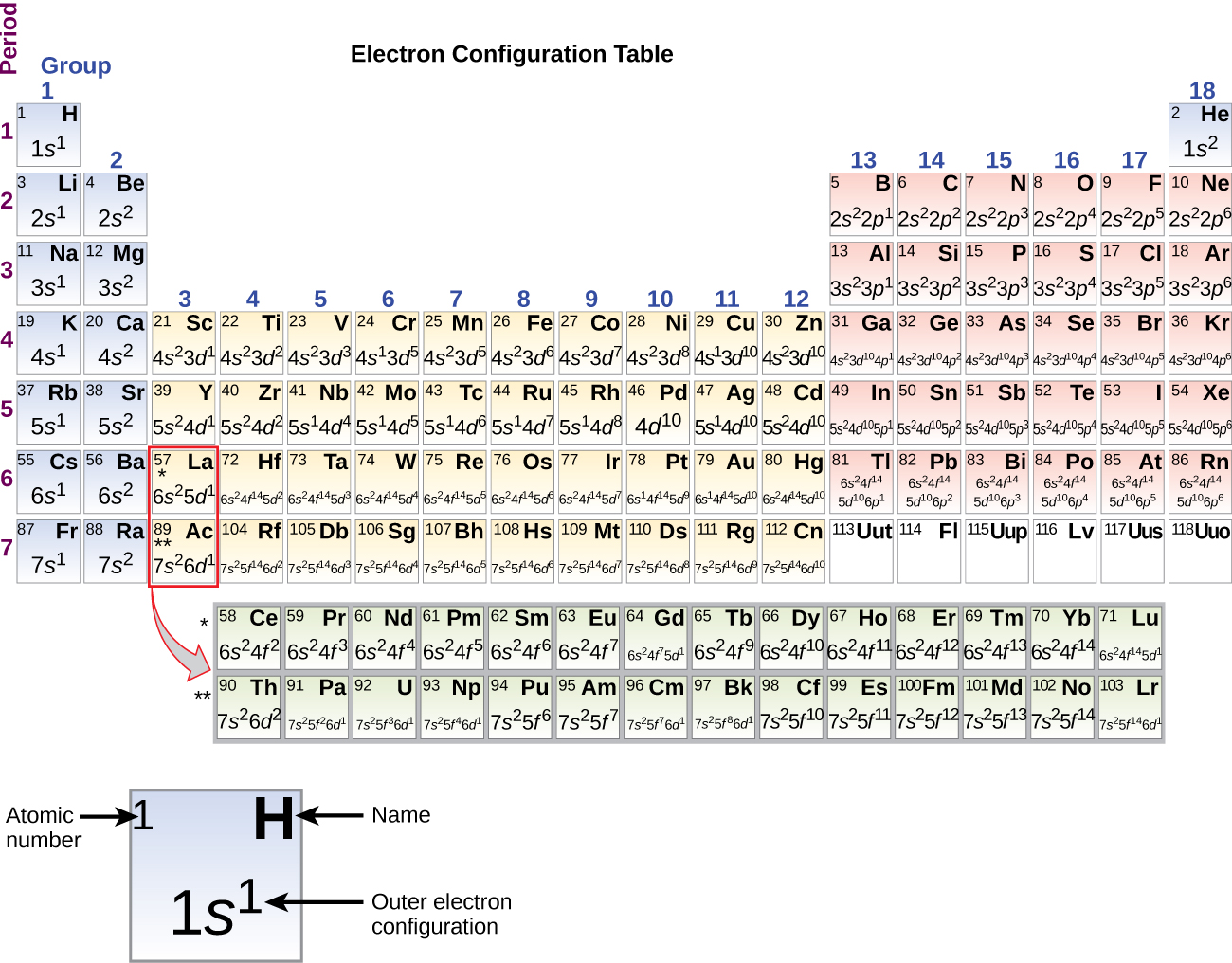
We've got a good track record that we want to maintain, and we won't be taking any risks, obviously, with any customers' flights." "But, you know, we're approaching this in a very methodical way. "If everything is as it appears, we should be able to restack that stage … and be good to push it back out on the pad," Beck said. And it's possible that the first helicopter-caught booster will be the first one to fly multiple missions. Rocket Lab has not yet reflown a recovered first stage the company will take that big step only with a completely dry - that is, helicopter-caught - booster, Beck said. That mission, called "A Data With Destiny," will loft two Earth-observation satellites for the company BlackSky, just as "Love At First Insight" did.

It won't happen on Rocket Lab's next flight, which is scheduled to launch sometime in December. Rocket Lab plans to snag falling boosters with a helicopter and refly them Rocket Lab and its Electron booster (photos) Rocket Lab: Private spaceflight company for small satellites 17 test.) The company also needs to figure out which mission to slot the recovery attempt into, he added. (A different type of helicopter was used for the Nov. Rocket Lab still needs to perform some modifications on the catch helicopter, a Sikorsky S-92, Beck said. It's unclear when exactly the catch attempt will take place.

"We've done enough testing at low altitudes to know that if we can rendezvous with it, we can surely catch it," Beck said. And there's a pretty good chance it will be successful.

On Thursday, Beck announced that recovery attempt number four will feature a helicopter catch attempt. Those recoveries were maritime operations the boosters splashed down in the Pacific Ocean, a few hundred miles offshore from Rocket Lab's New Zealand launch site, and were hauled aboard a boat for the trip to terra firma.Ī helicopter was involved in the most recent recovery, a mission that Rocket Lab called " Love At First Insight." The chopper didn't try to snag the booster, but it was stationed in the recovery zone to test booster tracking and communications among the helicopter team, mission control and the recovery ship. For example, it has recovered Electron first stages during orbital launches three times to date, most recently on Nov. The company has already made considerable progress toward this goal.


 0 kommentar(er)
0 kommentar(er)
